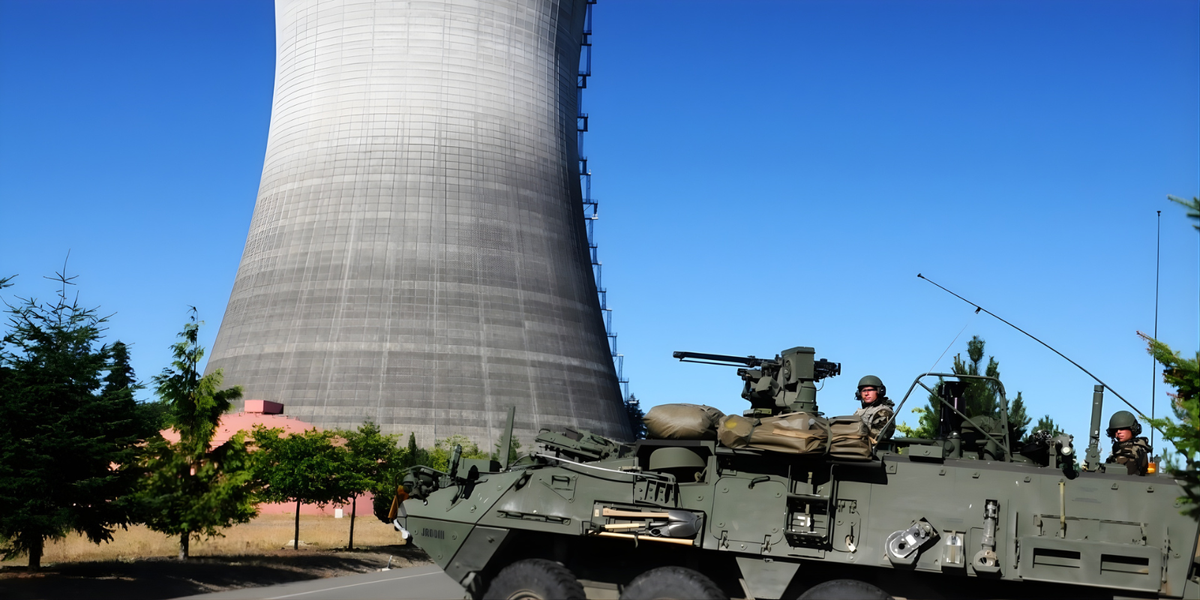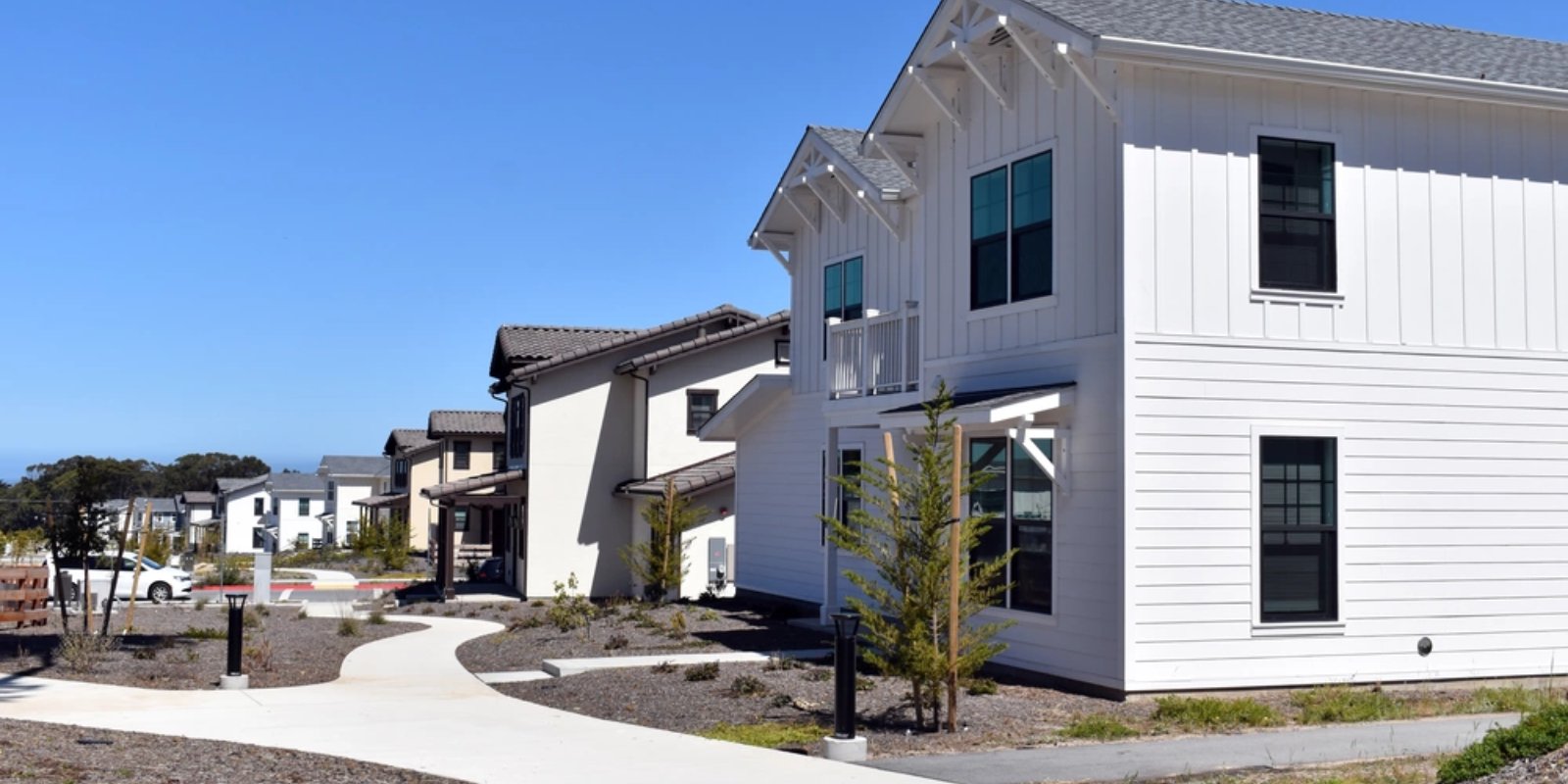ARMY TO DEPLOY MICRO NUCLEAR REACTORS ON OVERSEAS BASES

The logistical headache of supplying military units deployed overseas with fuel to power installations and equipment has existed since ships started running on coal. And the issue has grown exponentially complex in the centuries since then, as anyone who’s spent months or even years on some forward base powered by gigantic generators roaring 24/7, running on fuel that may have come by truck through hostile territory, can tell you that.
But the many devices a modern military relies on to operate a base overseas, much less in a combat zone, from lightbulbs to computers, require power. Which is why on Tuesday, October 14th, the Army Secretary announced a new plan to potentially simplify (logistically speaking) the means of keeping such a base properly powered.
Secretary Dan Driscoll, alongside Secretary of Energy Chris Wright, announced the Janus Program: a project to develop portable nuclear reactors capable of powering a forward installation for years on end.
US Army Historical Nuclear Reactor Programs
Janus is not the first Army program with the goal of putting nuclear reactors on bases.
In 1954, the US Army Corps of Engineers teamed up with the Atomic Energy Commission to create the Army Nuclear Power Program (ANPP). Aimed at developing small nuclear reactors capable of withstanding the rugged conditions of remote and forward installations, the program completed their first prototype in 1957 at Fort Belvoir, New Jersey.
The Army eventually discontinued the ANPP in 1976, but during its decades of existence, it built seven more reactors and made numerous contributions to the development of nuclear power in the United States, from the designs of reactors to safety procedures. And many veterans of the program later went on to work at civilian nuclear facilities all across the country.
The Army began to revisit the idea of deployable nuclear power a few years ago, and in 2022 it publicly announced its already in-progress Project Pele, “a program intended to design, build, and demonstrate a mobile microreactor.”
Named after the Hawaiian goddess of volcanoes (with the name also doubling as an acronym for Portable Energy for Lasting Effects), the project’s goal is a 40-ton nuclear reactor (which, in the world of nuclear power, would qualify this device weighing as much as the average humpback whale as a “microreactor”) that can be packed in parts into several shipping containers and set up to power a base overseas. The project remains ongoing.
US Army Janus Program Overview
Secretary Driscoll announced the Janus Program, the latest Army initiative to develop deployable microreactors, during a panel at the annual meeting of the Association of the United States Army (AUSA).
In his announcement, the secretary emphasized the importance of eliminating potential weak spots in military supply chains that could be exploited by an enemy during a major conflict.
The program will be a joint effort of the Defense/War Department’s Defense Innovation Unit and the Department of Energy, though the reactors themselves will be commercially owned and operated.
Details remain scarce, though Energy Secretary Wright said he expects the program to hit its first milestone before America turns 250 on July 4th of next year.
Benefits of US Army Nuclear Reactors on Bases
The primary and most important plus of installing a portable nuclear reactor on a distant Army post or FOB is, of course, that they will allow these bases to produce massive amounts of power without the need for constant shipments of new fuel sent via lengthy, complicated, and often dangerous logistic chains.
As Secretary Driscoll said, discussing the potential of these future reactors through the lens of a future conflict in the Indo-Pacific region,
“We are going to need energy on the actual objective. We’re going to need to be able to access power like we have never needed it before.”
Microreactors may be the way the Army and the rest of the military can provide that localized power.
Challenges of US Army Nuclear Reactors on Bases
As for the potential cons of powering forward operating bases with nuclear reactors, well… ever hear of a fun little miniseries called Chernobyl? Or perhaps the actual events it’s based on?
Maybe places like Three Mile Island and Fukushima, Japan, ring a bell? Exactly.
While instances of serious incidents at nuclear power plants have been relatively few over the years, the ones that have occurred were extremely costly and, in many cases, deadly.
And putting a reactor on an installation in a hostile area on a base that is likely to face an attack, one that could damage said reactor, increases the risk of a dangerous malfunction significantly.
There are also questions about what to do with the radioactive waste these reactors will produce and whether the costs of developing them will outmatch any potential savings.
Whether the potential upsides outweigh these potential downsides will no doubt be a matter of much debate as the Janus Program continues and the possibility of nuclear reactors on bases comes closer to fruition.
Suggested reads:
Paul Mooney
Veteran & Military Affairs Correspondent at MyBaseGuide
Paul D. Mooney is an award-winning writer, filmmaker, and former Marine Corps officer (2008–2012). He brings a unique perspective to military reporting, combining firsthand service experience with exp...
Paul D. Mooney is an award-winning writer, filmmaker, and former Marine Corps officer (2008–2012). He brings a unique perspective to military reporting, combining firsthand service experience with exp...
Credentials
- Former Marine Corps Officer (2008-2012)
- Award-winning writer and filmmaker
- USGS Public Relations team member
Expertise
- Military Affairs
- Military History
- Defense Policy
SHARE:



